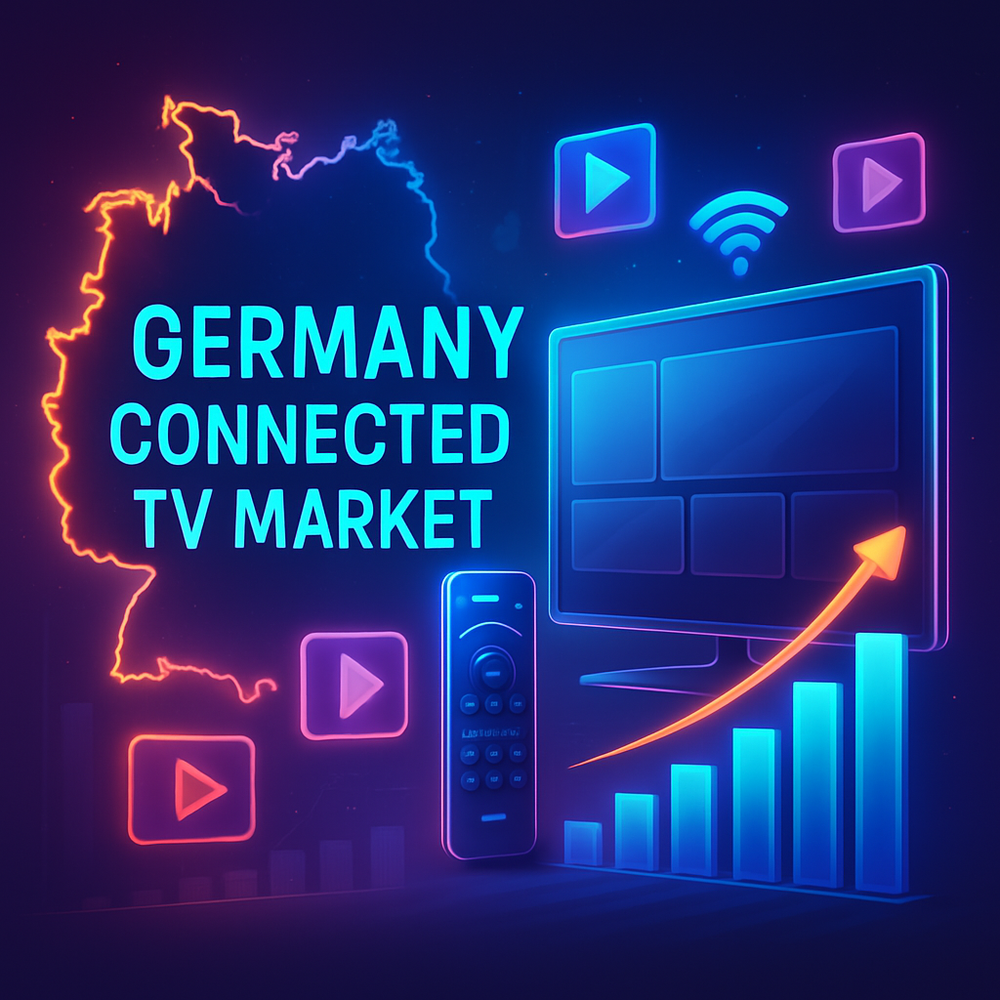Key Takeaways
- The Connected TV market in Germany is expected to grow from USD 1,502.1 million in 2025 to USD 4,076.8 million by 2035, with a CAGR of 10.5%.
- Rising demand for high-quality streaming, smart features, and affordable smart TVs is driving market expansion.
- Urban areas like Berlin and Munich are leading adoption, while rural areas are expected to catch up as broadband access improves.
Market Growth and Trends
Germany’s Connected TV market is thriving, projected to reach USD 4,076.8 million by 2035, growing at a robust CAGR of 10.5%. This growth can be attributed to rising digital content consumption, high-speed internet access, and the integration of smart home technologies.
The surge in demand for premium streaming content and AI-powered features aligns with consumer preferences for high-resolution displays and hands-free navigation. The popularity of Over-The-Top (OTT) platforms like Netflix and Amazon Prime has significantly encouraged connected TV adoption, as viewers prefer customizable content delivery over traditional cable subscriptions.
Moreover, advancements in broadband infrastructure and the rollout of 5G services are enhancing streaming quality and latency, thereby fostering real-time interactivity. Today’s consumers are increasingly looking for smart TVs that support 4K and 8K resolutions, contributing to a shift towards high-end home entertainment experiences.
These trends are particularly prominent in major cities such as Berlin, Munich, Hamburg, and Frankfurt, where a tech-savvy population is more inclined towards adopting smart technologies. As internet access increases in rural areas, the market is expected to expand significantly.
The report highlights that under-40 consumers, known for their digital literacy and usage of technology, are crucial drivers of this market growth. With e-commerce platforms influencing purchasing decisions through bundled offers, the future of Germany’s Connected TV market holds vast potential for manufacturers and service providers aiming to create interconnected digital ecosystems in homes.
The content above is a summary. For more details, see the source article.















